-
Rooted in industrial chic and timeless leathercraft, this stool channels the en...
-
Inspired by the timeless elegance of mid-century modern design, this chair pays...
-
Stripped of all excess, this chair embraces essential form with intentional des...
-
Step into the world of classic design, a remarkable fusion of style and comfort...
-
Find out this versatile icon of design chair that effortlessly blends into any ...
-
Discover this metal chair, a symbol of modern craftsmanship that combines simpl...
-
The chair's design is characterized by its simplicity and functionality. The ar...
-
The Minimalist Black Design Chairs is an iconic piece of furniture that has lef...
-
Bring a touch of rustic industrial charm to any setting with our Industrial Woo...
-
The Backless Black Metal Stools feature a distinctively simple yet elegant stru...
-
The timeless elegance of our Classic Black Metal Design Chairs—where sleek soph...
-
The stool's minimalist design is accentuated by its clean lines and geometric s...
Understanding Wooden Chairs: A Comprehensive Guide
Wooden chairs are a ubiquitous part of human history and daily life, gracing homes, offices, and public spaces for centuries. From their humble beginnings as simple stools to their evolution into sophisticated pieces of furniture, these seating solutions offer a unique blend of aesthetics, durability, and comfort. This guide delves into the multifaceted world of timber seats, exploring their construction, types, materials, and care.
The Enduring Appeal of Wooden Chairs
The enduring popularity of wooden chairs lies in several key attributes. Firstly, their natural beauty is unparalleled. The inherent grain patterns, textures, and rich hues of various wood species provide a unique visual appeal that synthetic materials struggle to replicate. Each chair tells a story through its wood, adding character and warmth to any environment.
Secondly, durability is a hallmark of well-crafted wooden furniture. With proper construction and care, a wooden seat can last for generations, becoming a cherished family heirloom. Unlike many mass-produced items, wooden chairs often gain a patina over time, enhancing their beauty and value.
Finally, versatility is another significant advantage. Wooden chairs can be designed in an almost infinite number of styles, from rustic and traditional to sleek and contemporary. This adaptability allows them to seamlessly integrate into diverse interior design schemes.
Anatomy and Construction
Understanding the basic components and construction methods of wooden chairs is crucial for appreciating their craftsmanship and assessing their quality.
-
Frame: The fundamental structure of the chair, typically consisting of legs, stretchers (horizontal supports between legs), rails (supports for the seat), and uprights (for the backrest).
-
Joinery: The method by which individual wooden pieces are connected. Common strong and durable joinery techniques include:
-
Mortise and Tenon: A robust joint where a projecting tenon on one piece fits into a mortise (hole) in another.
-
Dovetail: A series of interlocking pins and tails, known for its strength and aesthetic appeal, often used in drawers but sometimes in chair construction.
-
Dowels: Cylindrical wooden pins inserted into corresponding holes to join two pieces.
-
Screws and Glue: Often used in conjunction with other joinery methods to reinforce connections.
-
-
Seat: Can be solid wood, upholstered, woven (cane, rush), or a combination. The comfort and ergonomics of the perch are largely determined by its design.
-
Backrest: Provides support and can range from simple slats to intricately carved panels. The angle and height of the backrest significantly impact the comfort of the stool.
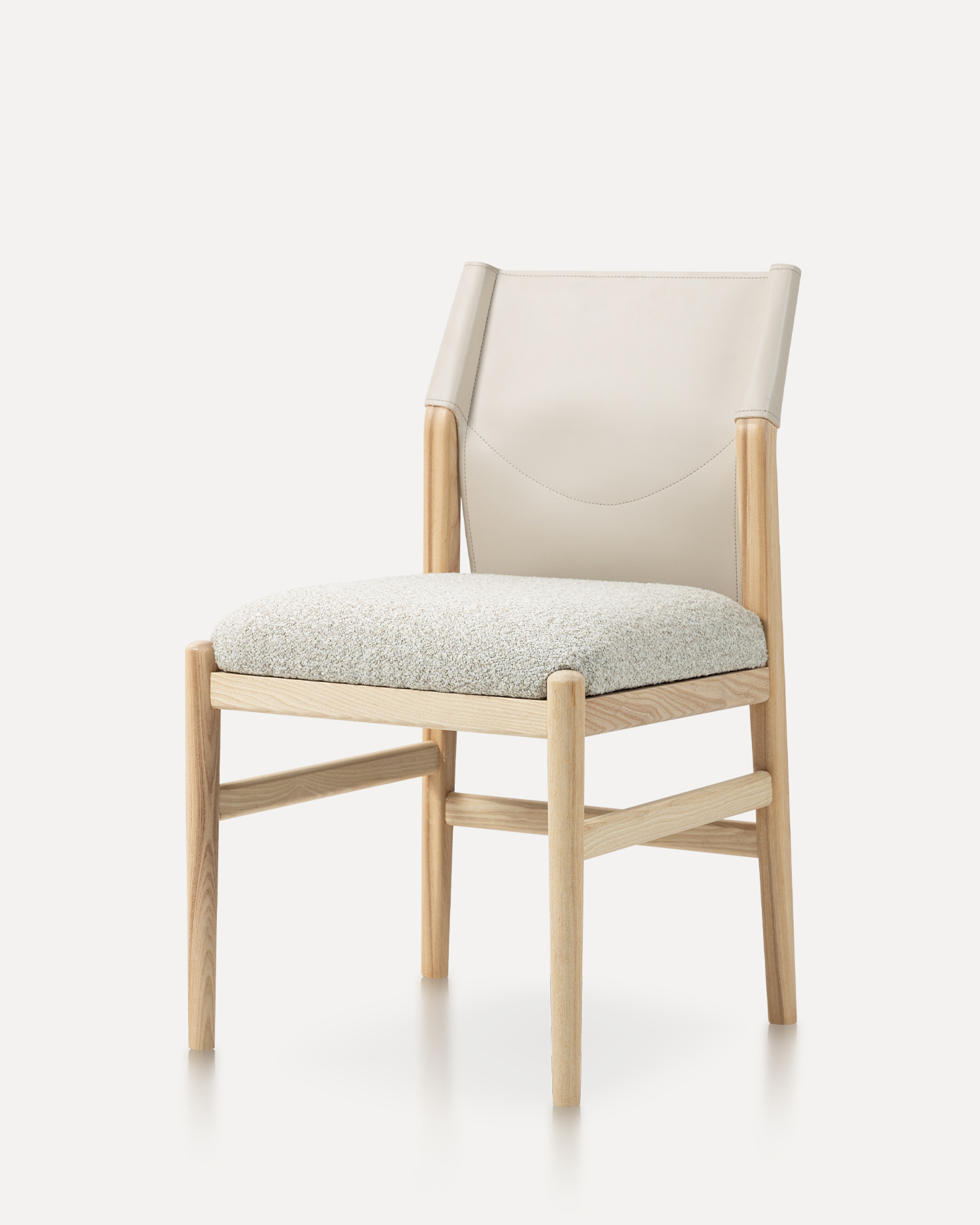
Types of Wooden Chairs
The world of wooden chairs is vast, with countless variations designed for specific purposes and aesthetics. Here are some prominent types:
-
Dining Chairs: Designed for use around a dining table, emphasizing comfort during meals.
-
Accent Chairs: Often serve as decorative pieces, providing additional seating in living rooms or bedrooms.
-
Armchairs: Feature armrests for added comfort and support.
-
Side Chairs: Lacking armrests, these are often more compact and versatile.
-
Rocking Chairs: Designed with curved rockers that allow the chair to rock back and forth.
-
Desk Chairs: Ergonomically designed for use with a desk, often featuring adjustable heights and swivel mechanisms.
-
Lounge Chairs: Typically lower and more reclined, designed for relaxation.
-
Windsor Chairs: A classic design characterized by a solid wooden seat, turned legs, and a spindle back.
-
Ladder-back Chairs: Feature horizontal slats (ladders) forming the backrest.
Common Wood Species
The choice of wood greatly influences the appearance, durability, and cost of a wooden chair.
-
Oak: Known for its strength, durability, and prominent grain. Red oak and white oak are popular choices.
-
Maple: A hard, dense wood with a fine, even grain, often used for its light color and smooth finish.
-
Cherry: Valued for its rich reddish-brown color that darkens with age, and its fine, smooth grain.
-
Walnut: A premium hardwood with a beautiful dark brown color and attractive grain patterns.
-
Mahogany: Renowned for its rich, reddish-brown hue, durability, and resistance to rot.
-
Ash: A strong and flexible wood with a distinct grain pattern, often used for bentwood designs.
-
Pine: A softer wood, more affordable and lighter in color, often used in rustic or painted furniture.
-
Teak: Highly durable and resistant to moisture, making it ideal for outdoor seating furniture.
Care and Maintenance
To ensure the longevity and beauty of your wooden chairs, proper care is essential.
-
Regular Cleaning: Dust regularly with a soft, dry cloth. For deeper cleaning, use a damp cloth with a mild wood cleaner, wiping dry immediately.
-
Avoid Direct Sunlight and Heat: Prolonged exposure can cause wood to fade, crack, or warp.
-
Control Humidity: Extreme fluctuations in humidity can lead to expansion and contraction, potentially causing cracks.
-
Protect from Spills: Wipe up spills immediately to prevent staining and water damage.
-
Use Furniture Pads: Place pads under the legs to prevent scratching floors.
-
Periodic Polishing/Oiling: Depending on the finish, periodic polishing or oiling can help maintain the wood's luster and protect it. Always use products specifically designed for wood furniture.
-
Address Loose Joints: If a joint becomes loose, address it promptly to prevent further damage. This may involve regluing or tightening screws.
Wooden chairs are more than just functional objects; they are testaments to craftsmanship, natural beauty, and enduring design. By understanding their construction, types, materials, and proper care, you can appreciate the intricate details of these timeless timber seats and ensure they continue to grace your spaces for years to come.

 English
English Français
Français Español
Español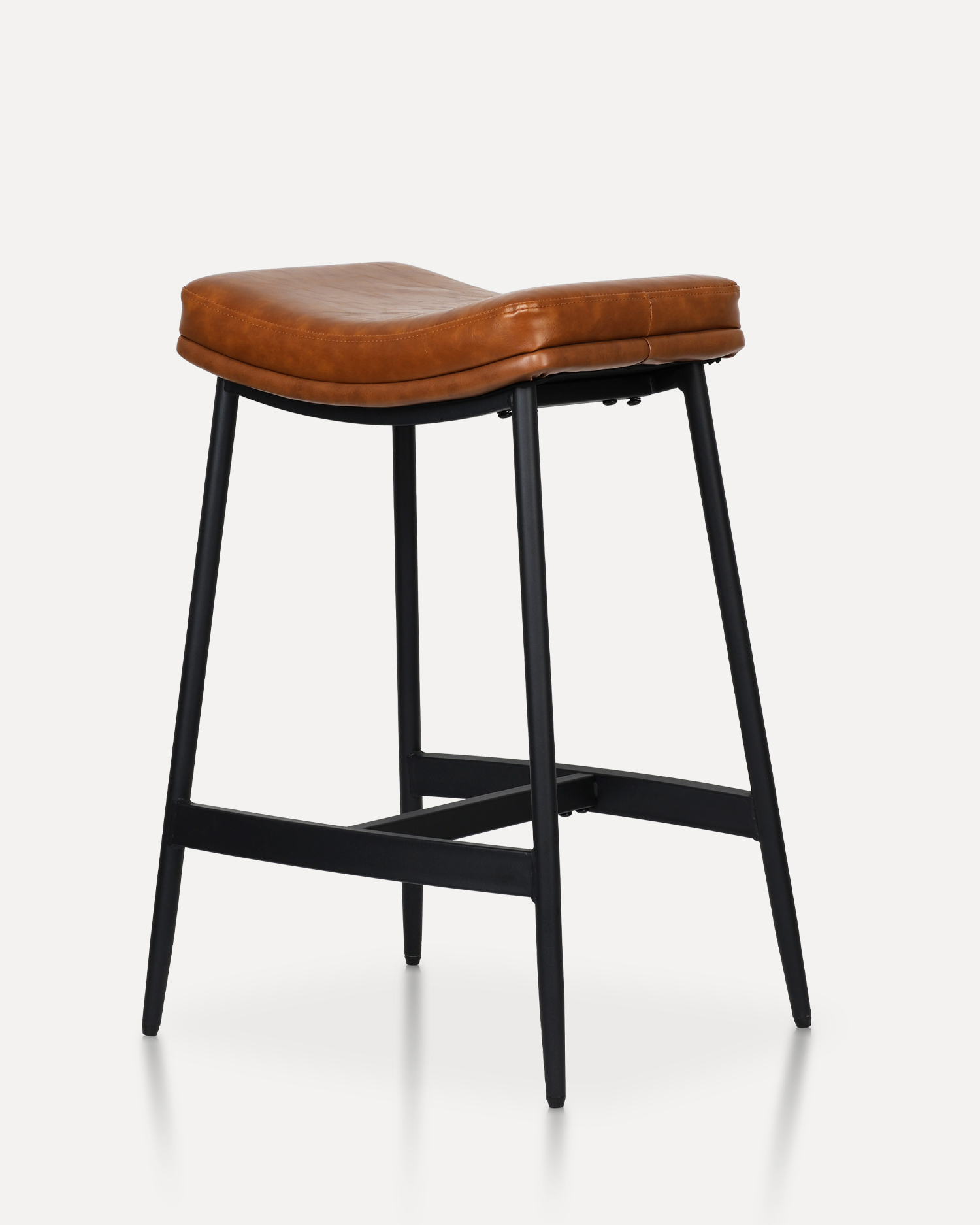
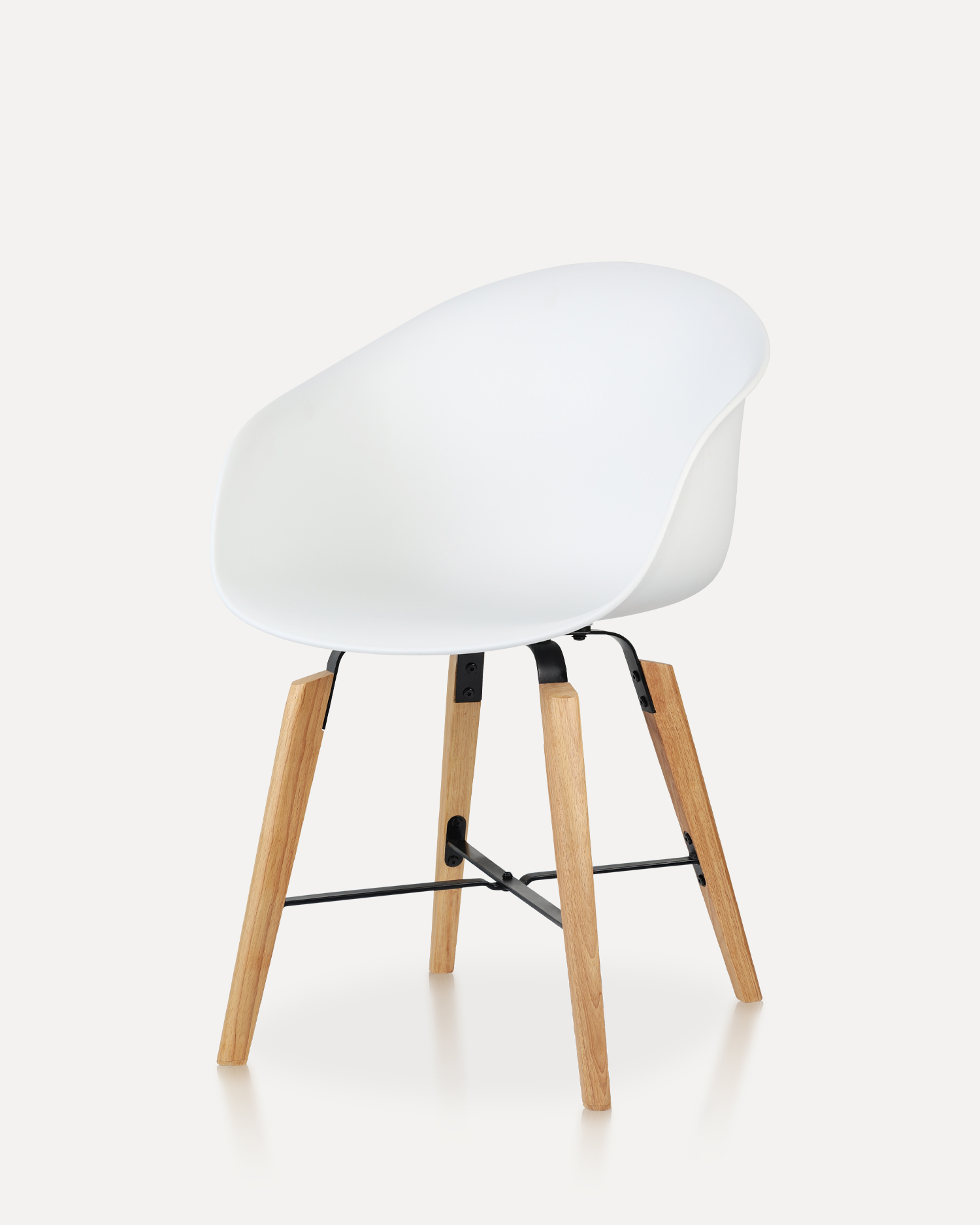
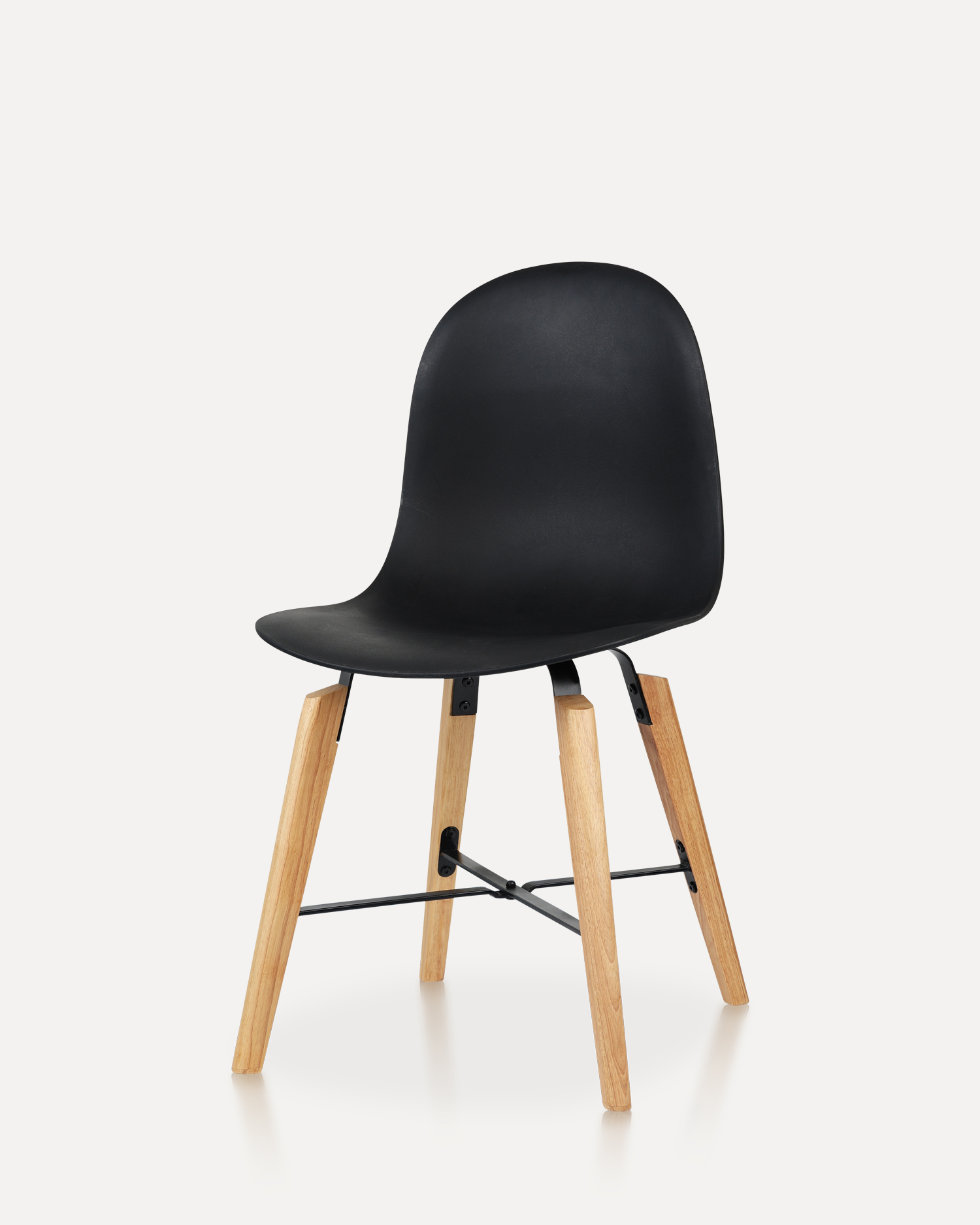

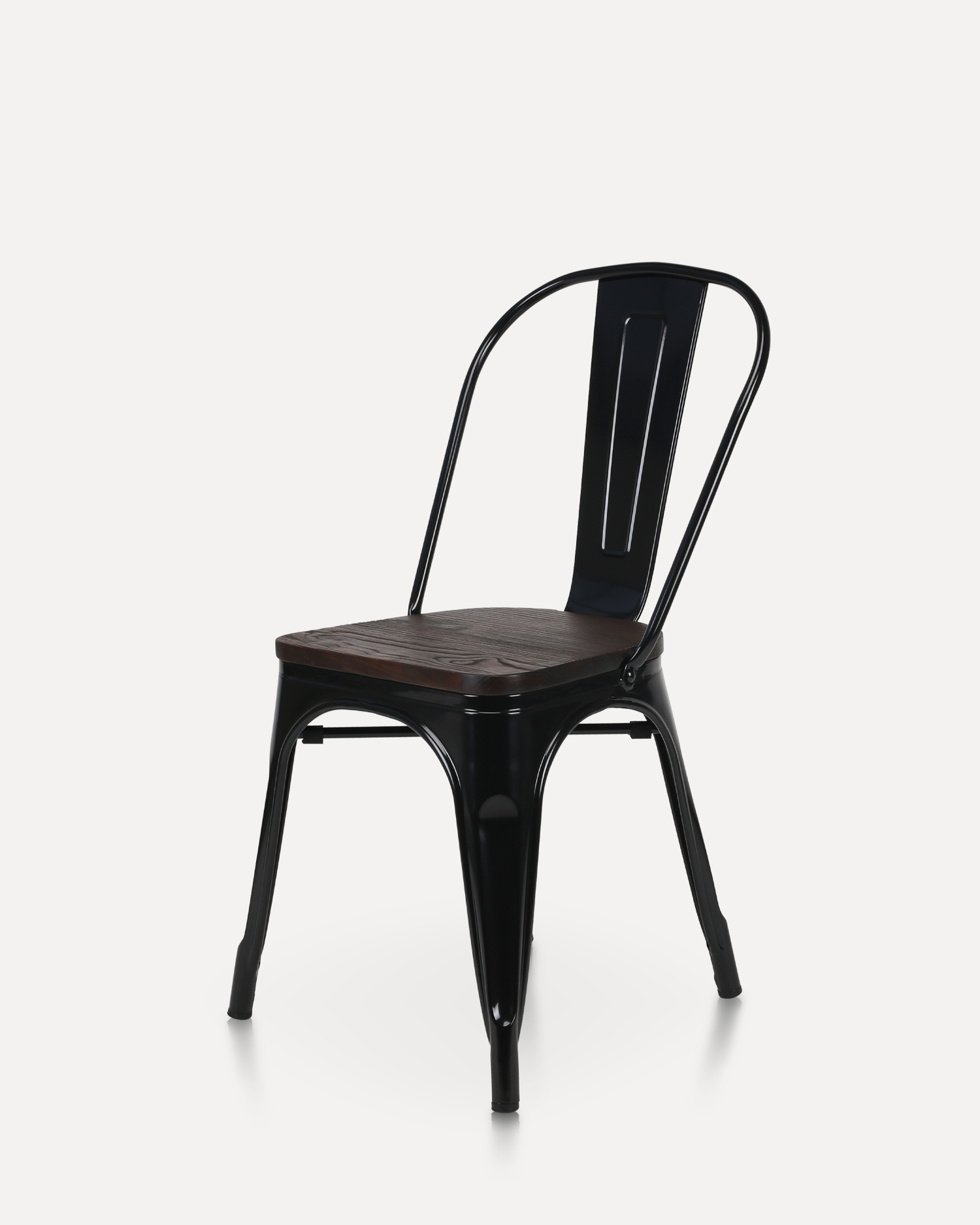
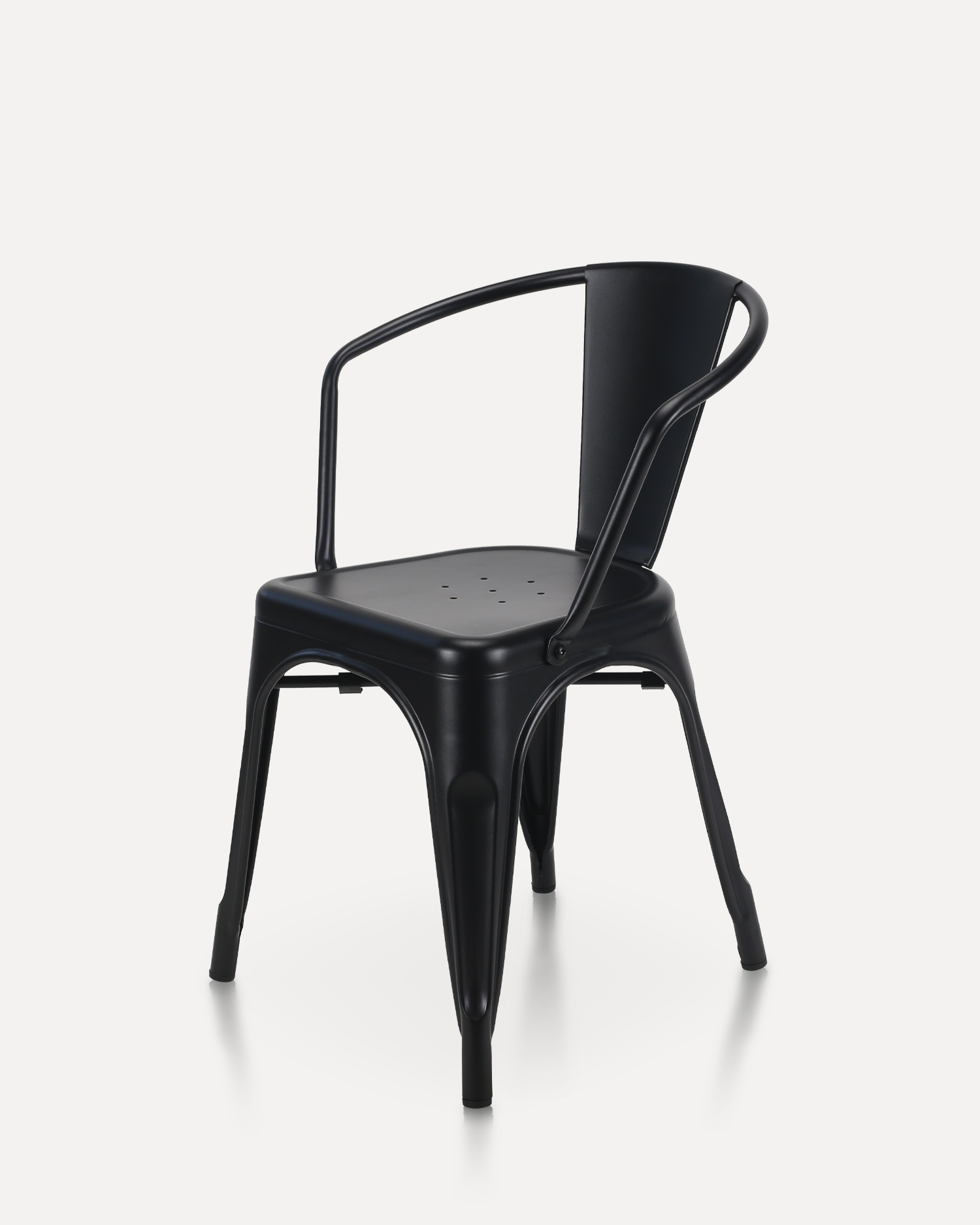
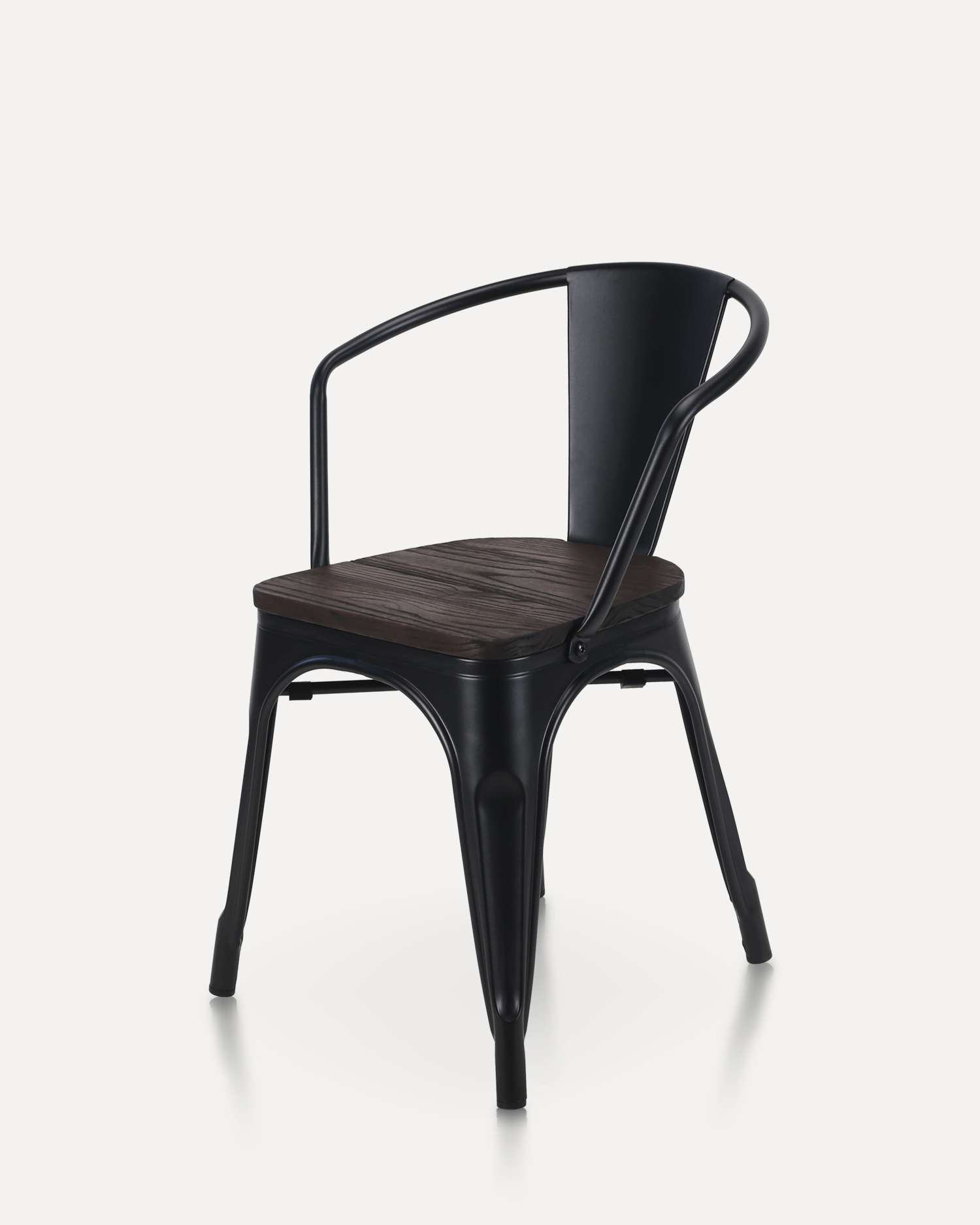
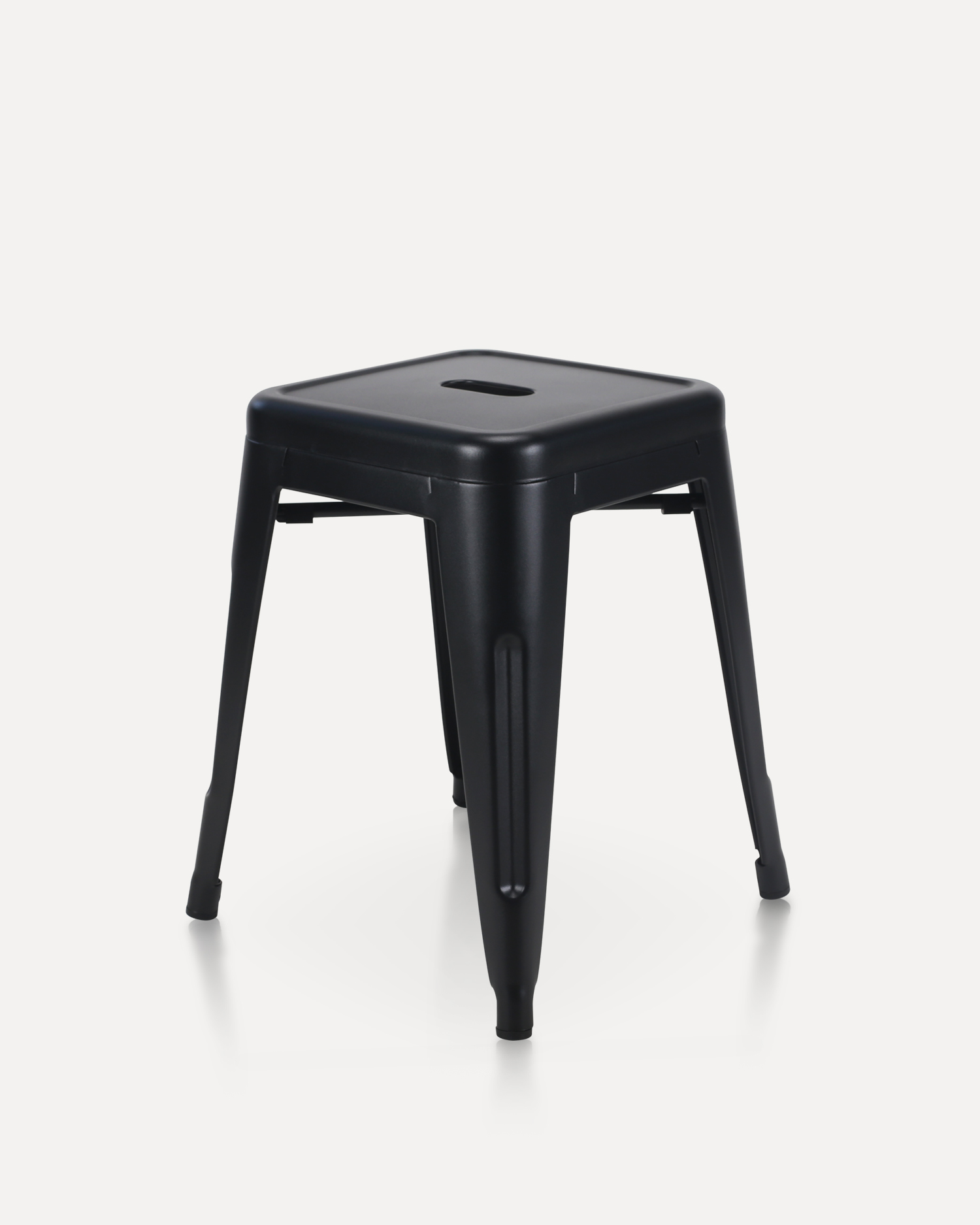
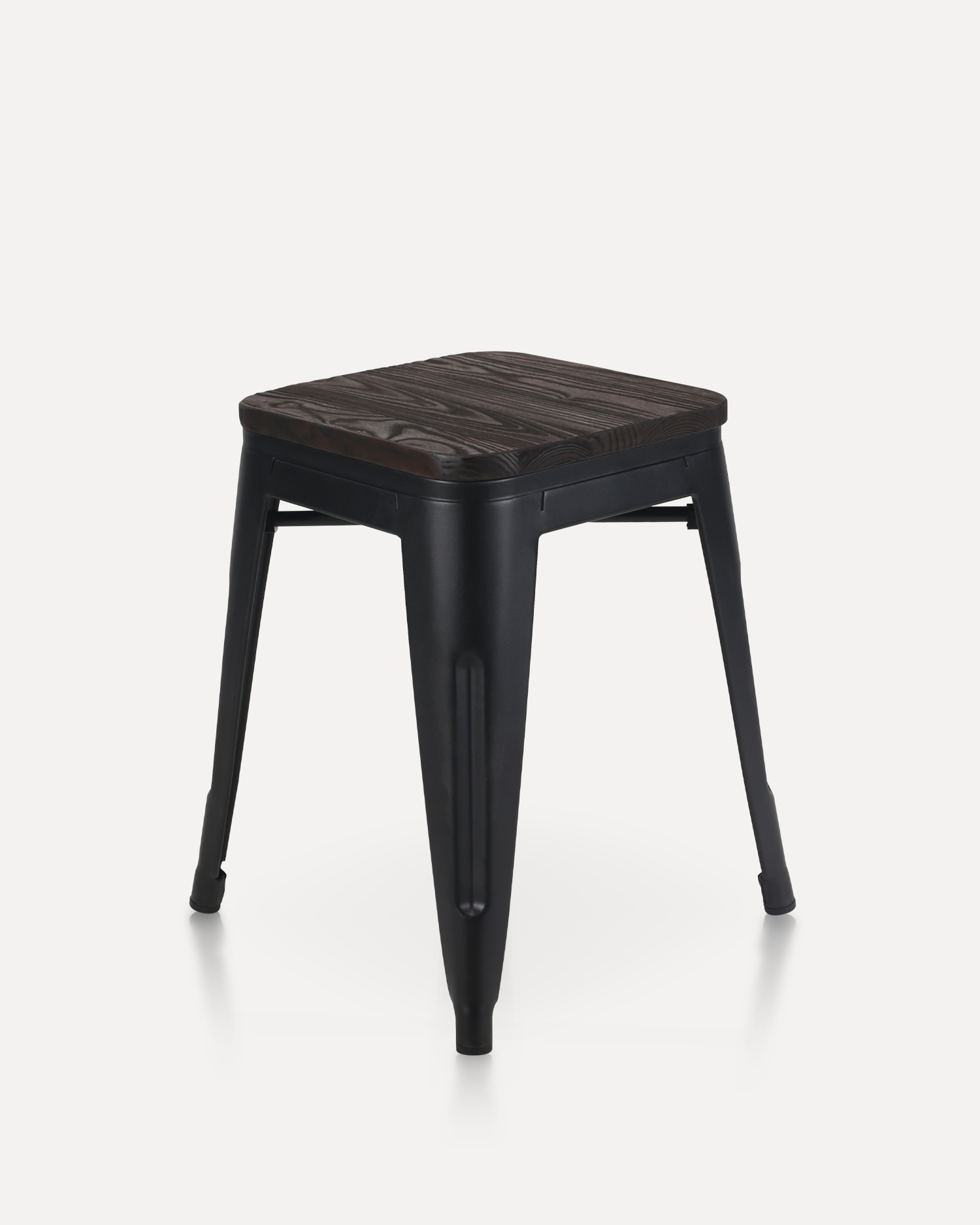
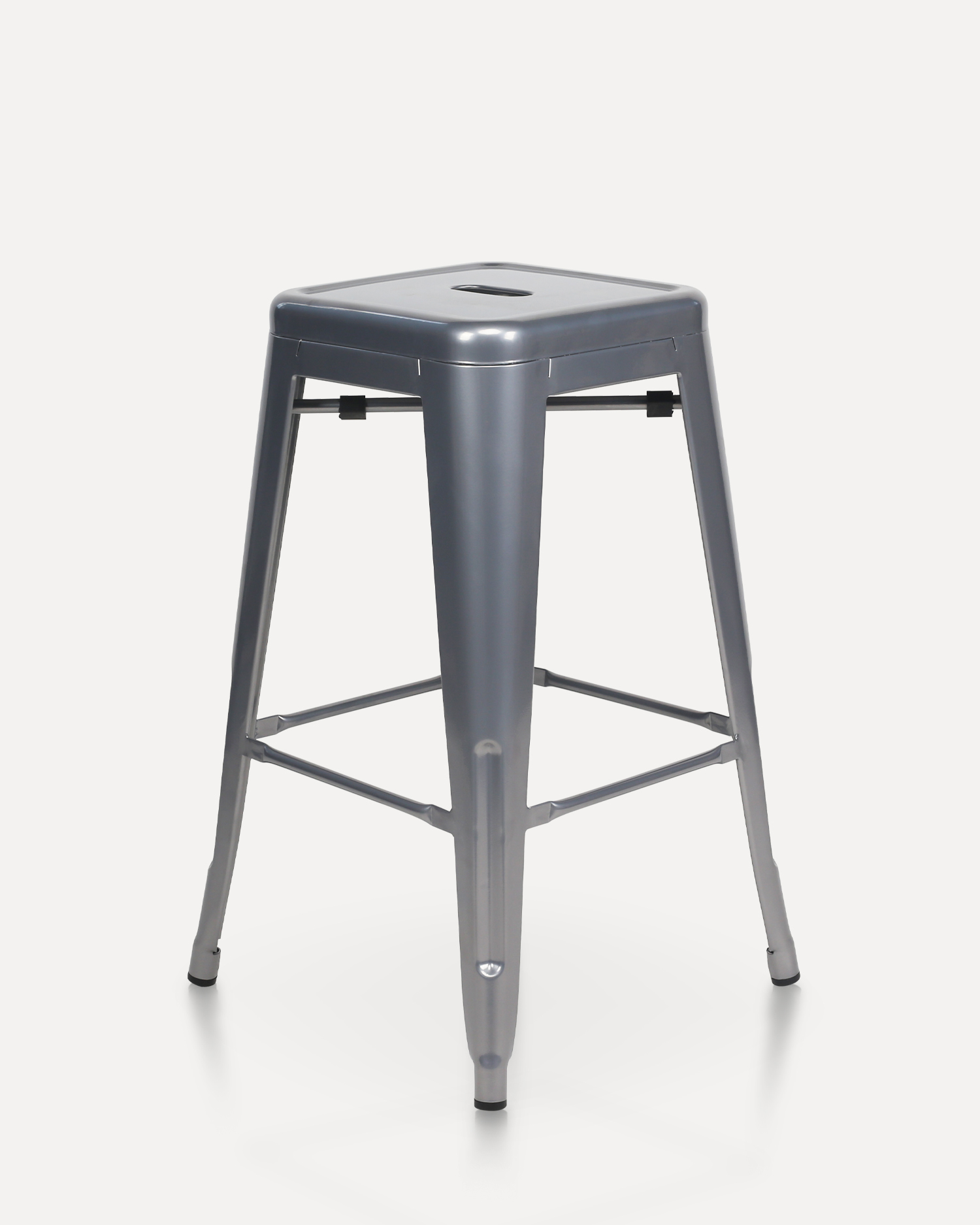
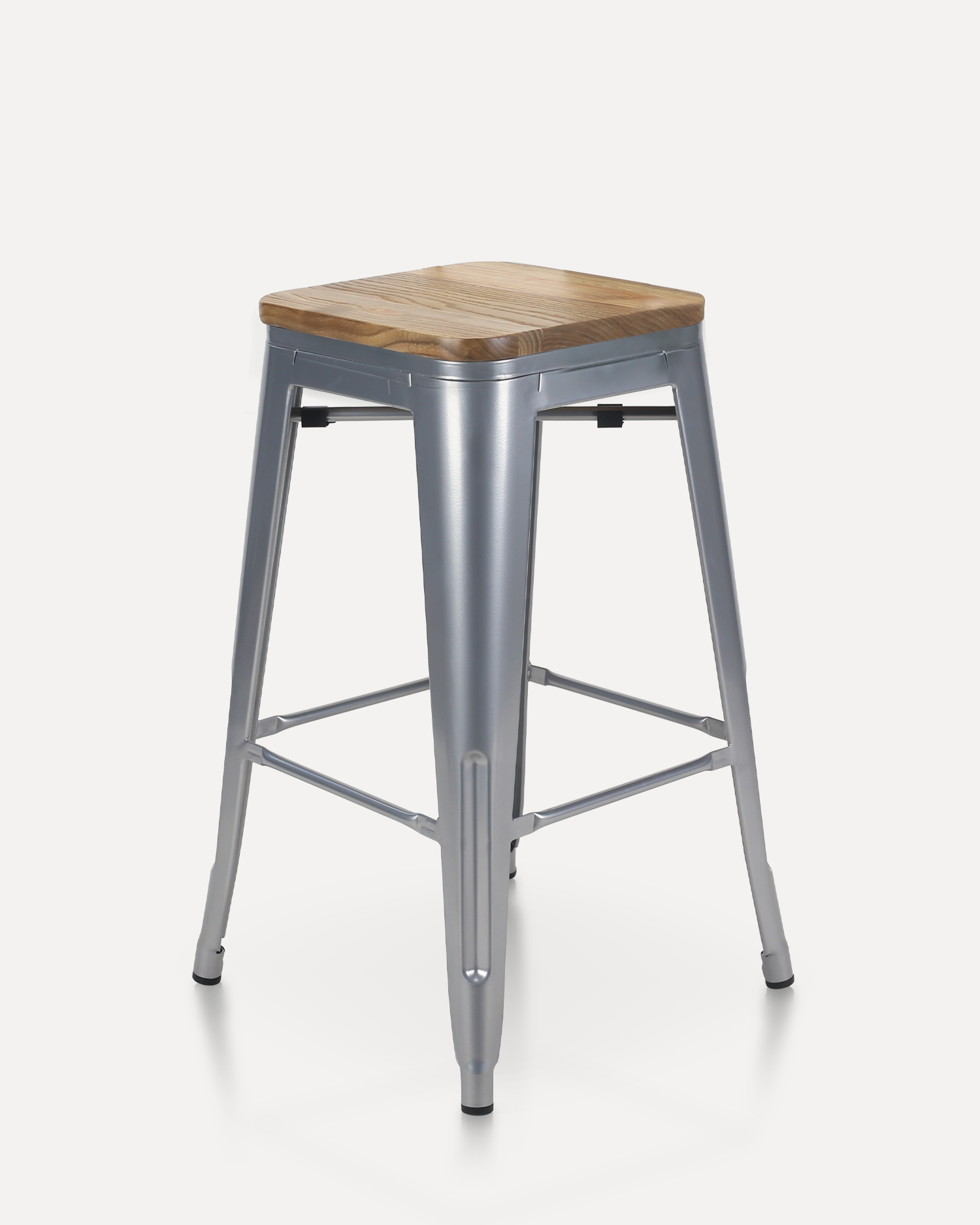
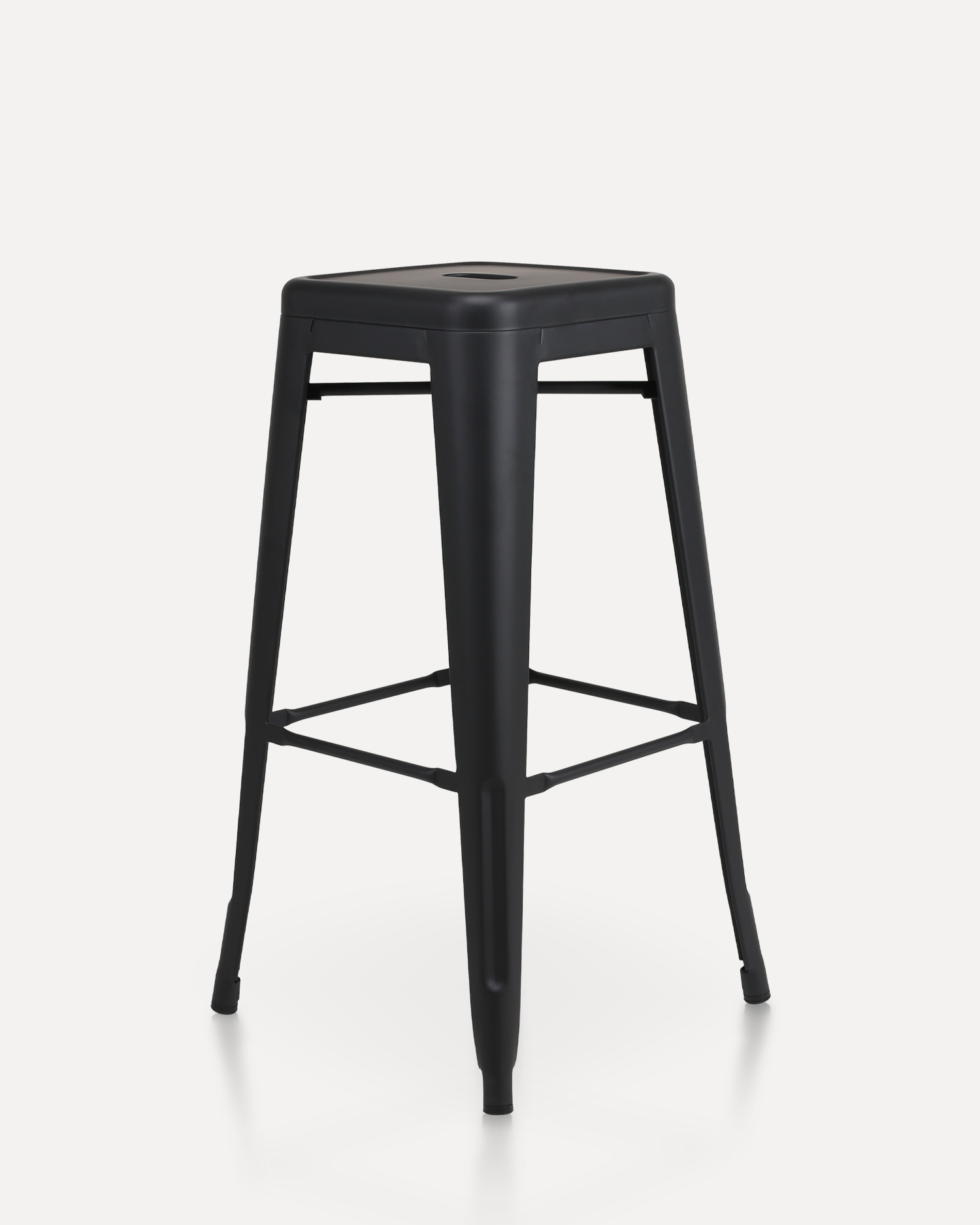





 Instagram
Instagram
 Facebook
Facebook
 Linkedin
Linkedin